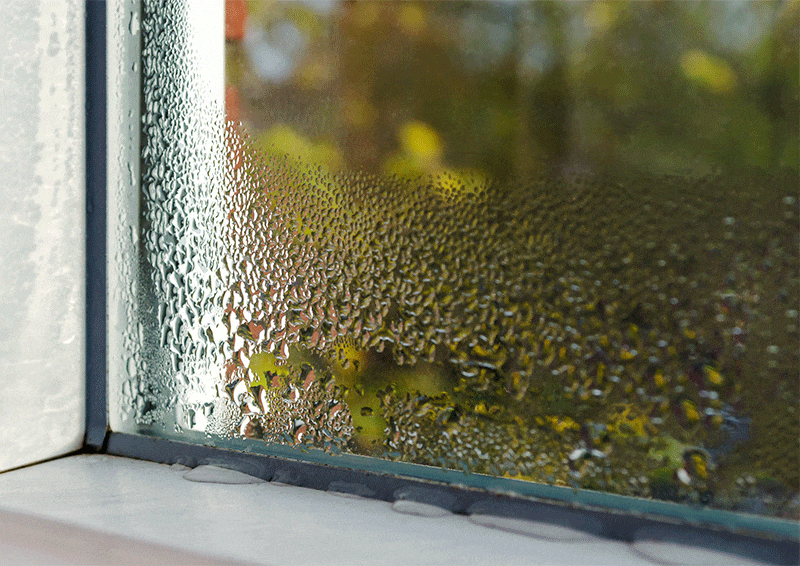Spring is just around the corner, and for many people, that means dealing with seasonal allergies. While there’s no cure for allergies, you can take steps to reduce your exposure to allergens, including choosing the right plants for your garden. This blog post will provide tips and recommendations for the best allergy-friendly plants to add to your outdoor space and other information for creating an allergy-friendly garden.
What Are Allergy-Friendly Plants?
Allergy-friendly plants are less likely to trigger allergic reactions in people. There are several factors that can contribute to a plant’s allergy-friendliness, including:
- Low pollen count: Plants that produce less pollen are less likely to trigger allergies.
- Non-fragrant flowers: Flowers that lack a strong scent are less likely to irritate.
- The absence of irritants: Some plants contain compounds that can irritate the skin or respiratory system, so choosing plants that are free of these irritants is essential.
Top Allergy-Friendly Plants for Your Garden
Here are some of the best allergy-friendly plants to consider adding to your garden:

Azaleas
These flowering shrubs are known for their showy blooms and come in a variety of colours. Azaleas are low-pollen plants, making them a great choice for allergy sufferers.

Geraniums
Geraniums are hardy annuals that come in a wide range of colours. They’re non-fragrant and don’t produce much pollen, making them an excellent choice for those with allergies.

Hostas
Hostas are shade-loving perennials that are known for their attractive foliage. They don’t produce flowers, making them less likely to cause allergic reactions.

Iris
These colourful perennials are available in various colours and are low-pollen plants. They’re also non-fragrant, making them an excellent choice for allergy sufferers.

Magnolia
Magnolias are beautiful trees that produce large, showy flowers in the spring. They’re low-pollen plants, making them a good choice for allergy sufferers.
Worst Plants for Allergies
While many plants are considered allergy-friendly, some are known to be the worst offenders when it comes to triggering allergy symptoms. Here are a few of the worst plants for allergies:

Ragweed
This plant is notorious for causing allergies, with its pollen being one of the most common triggers for hay fever. Ragweed is found throughout North America, typically from late summer to early fall.

Birch
Birch trees are a common cause of spring allergies, with their pollen being a potent allergen. They are found in many parts of the world, including Europe, North America, and Asia.

Grasses
Grasses are another common cause of allergies, with many different species triggering symptoms. They are found in many parts of the world and typically produce pollen in the spring and summer months.

Oak
Oak trees are a common cause of spring allergies in many parts of the world, including North America and Europe. Their pollen is a potent allergen that can cause severe symptoms in some individuals.

Mulberry
Mulberry trees are a common cause of allergies, with their pollen being a potent allergen. They are found in many parts of the world, including North America and Asia, and typically produce pollen in the spring and summer months.

Goldenrod
While often mistakenly blamed for causing allergies, goldenrod is actually a low-pollen plant. However, it is often found growing alongside ragweed, confusing allergy sufferers. Goldenrod typically blooms in late summer and early fall in North America.
How to Choose and Care for Allergy-Friendly Plants
When choosing allergy-friendly plants, it’s important to consider your local climate and soil conditions. Some plants are better suited to certain climates than others, so be sure to choose plants that will thrive in your area. Additionally, it’s essential to care for your plants properly to ensure they stay healthy and free of pests and diseases.
Here are some tips for caring for allergy-friendly plants:
- Water your plants regularly and deeply to keep the soil moist.
- Fertilize your plants with a balanced, slow-release fertilizer.
- Prune your plants regularly to keep them healthy and free of pests and diseases.
Gardening Tips to Reduce Allergy Triggers
In addition to choosing the right plants for you. Consider these tips to reduce your chances of triggering allergies:
Gardening Hours: The best times of day to be outdoors are when the pollen levels are lower. This is typically on rainy, cloudy and windless days.
Protective Gear: Wearing a mask can also help reduce the number of pollen spores that you inhale. Additionally, it is a good idea to keep gardening tools and clothing, such as gloves and shoes, outside to avoid bringing allergens indoors.
Pollen Count: Find up-to-date information on pollen counts in your area so that you can plan your outdoor activities accordingly:


